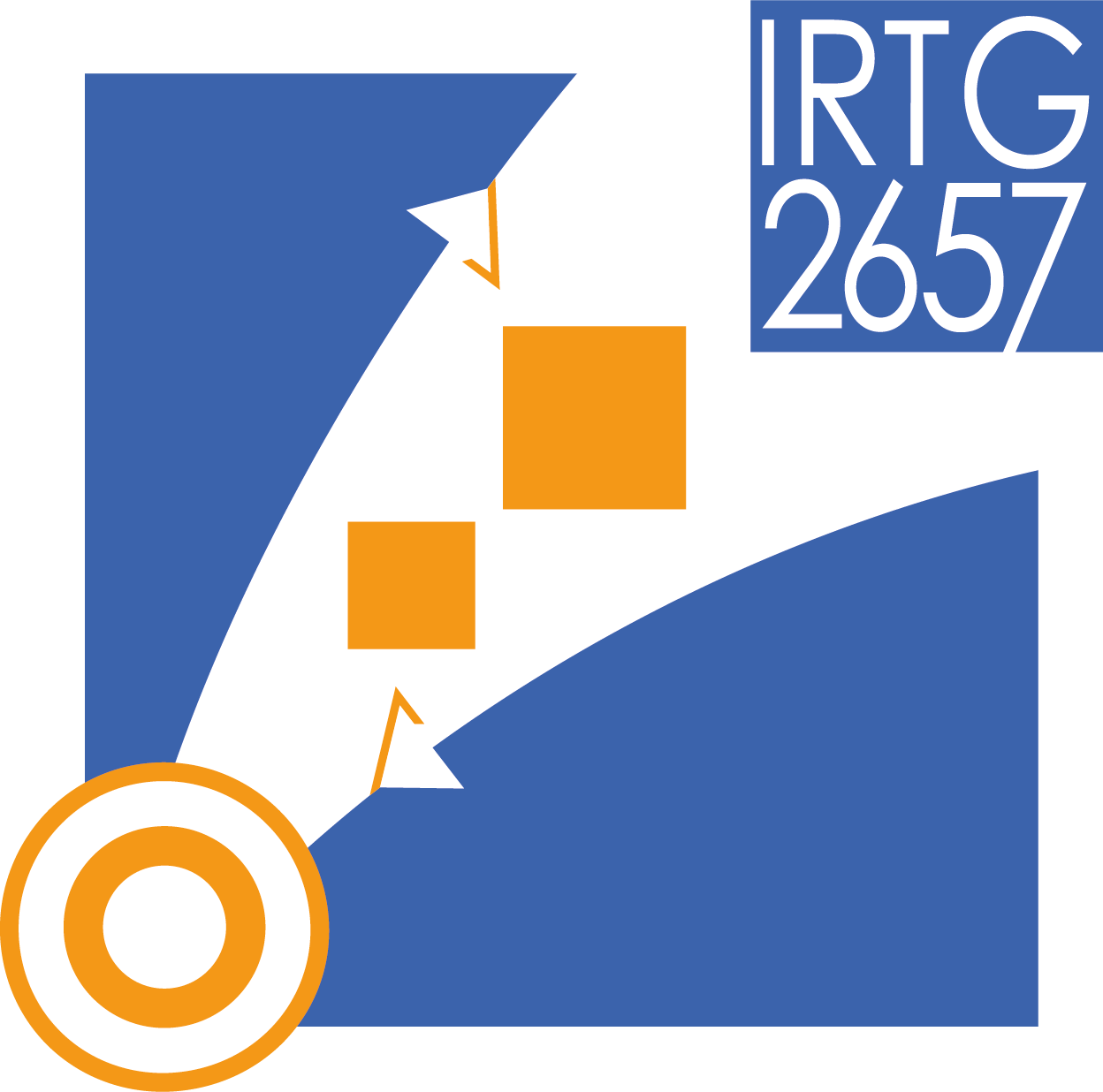B1.: Model order reduction for the hierarchically structured multi-scale modelling in geomechanics.
| Team: | Yupeng Jiang, N.N |
| Year: | 2024 |
| Duration: | 01.09.2024-30.08.2027 |
The hierarchically structured multi-scale modelling (HSM) [1, 2] approach is gaining popularity in computational geomechanics. It integrates various scales of analysis to bridge microscale interactions and macroscale behaviour, facilitating accurate predictions of geological processes. This approach reflects a growing recognition of the interconnected nature of geological phenomena and the need for advanced computational tools. Its adoption enhances hazard analysis, resource extraction optimization, and sustainable engineering practices in geomechanics.
High-fidelity HSM typically necessitates the construction of an accurate Representative Volume Element (RVE) at the micro-scale [2]. The RVE should encompass as many physical details as possible, enabling the HSM to circumvent the limitations of pre-embedded material constitutive models, which are often oversimplified or only applicable within specific ranges of strain. However, the construction of the RVE imposes a substantial computational burden on HSM. This is due to the requirement for highly detailed modelling within each RVE at every computational step throughout the simulation. Consequently, this limitation significantly restricts the size and resolution of the HSM model, thereby making it nearly impossible to implement h-version refinement techniques aimed at enhancing its accuracy.
In this project, the authors endeavour to integrate the Model Order Reduction (MOR) technique [3] into the computational framework of HSM. The primary objective is to substantially improve the computational efficiency of the method and enable h-version refinement. Specifically, MOR is employed to capture the deformation of the RVEs, offering a cost-effective yet accurate estimation on the micro-scale, which is a bottleneck in the simulation process. By leveraging MOR, the need for full-scale simulation on each RVE can be circumvented or restricted to specific concentrated areas. We anticipate that our contribution will significantly advance the field of HSM.
Literature
[1] Guo, N. and Zhao, J., 2014. A coupled FEM/DEM approach for hierarchical multiscale modelling of granular media. International Journal for Numerical Methods in Engineering, 99(11), pp.789-818.
[2] Guo, N., Chen, L.F. and Yang, Z.X., 2022. Multiscale modelling and analysis of footing resting on an anisotropic sand. Géotechnique, 72(4), pp.364-376.
[3] Barrasso, D., Tamrakar, A. and Ramachandran, R., 2015. Model order reduction of a multi-scale PBM-DEM description of a wet granulation process via ANN. Procedia Engineering, 102, pp.1295-1304.
Team
Supervision: Prof. Dr. Yupeng Jiang (LUH), NN (ENS)






